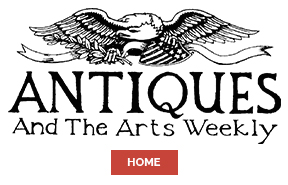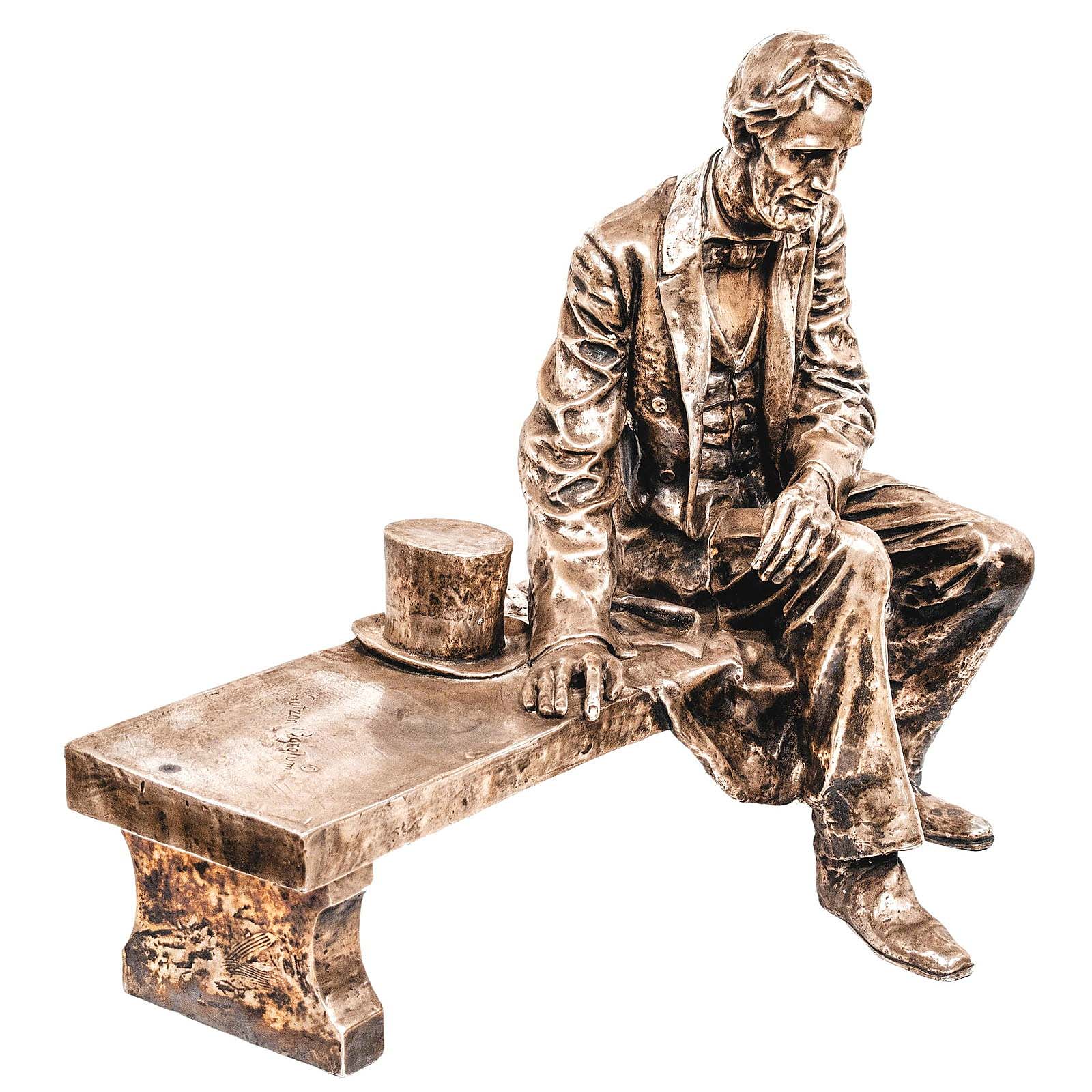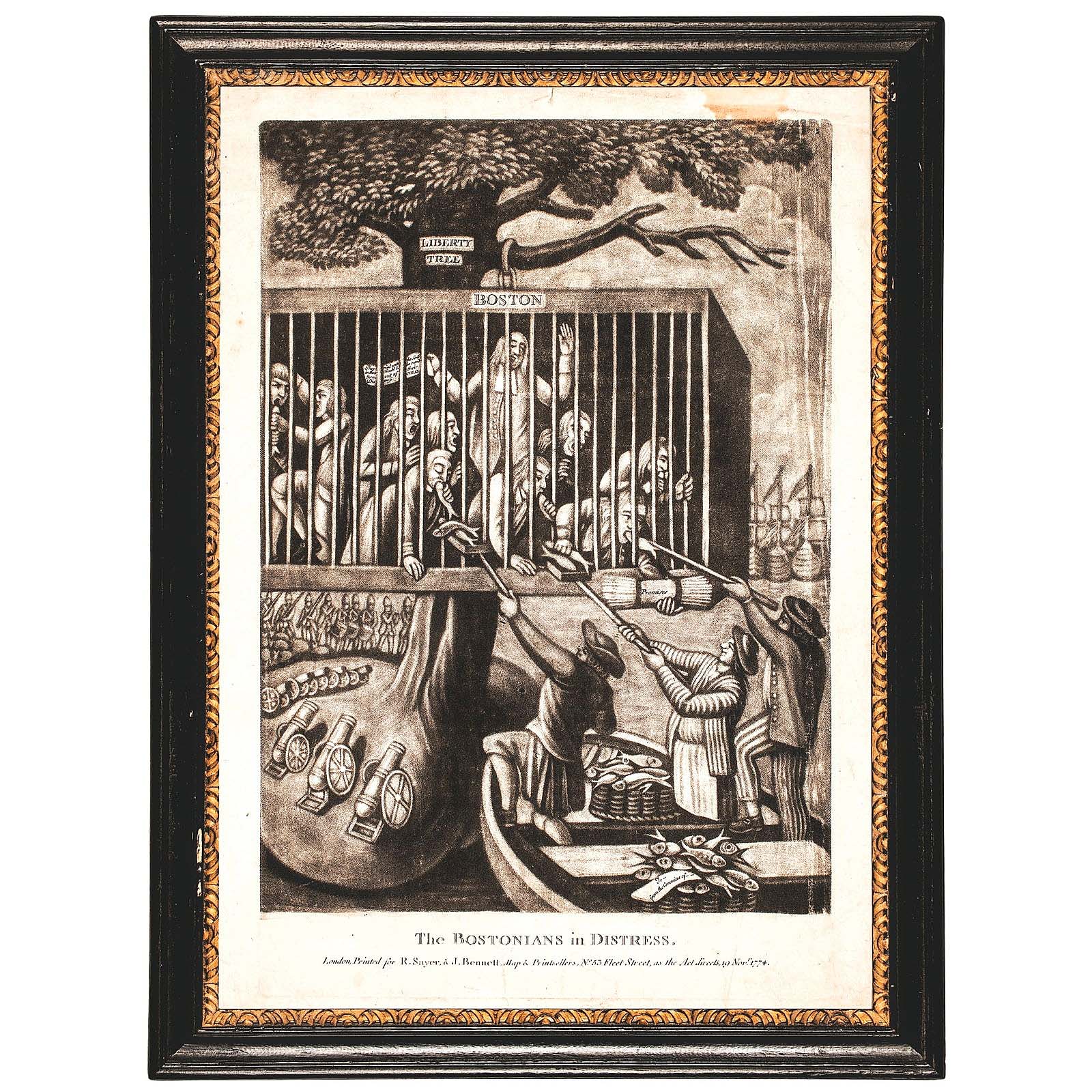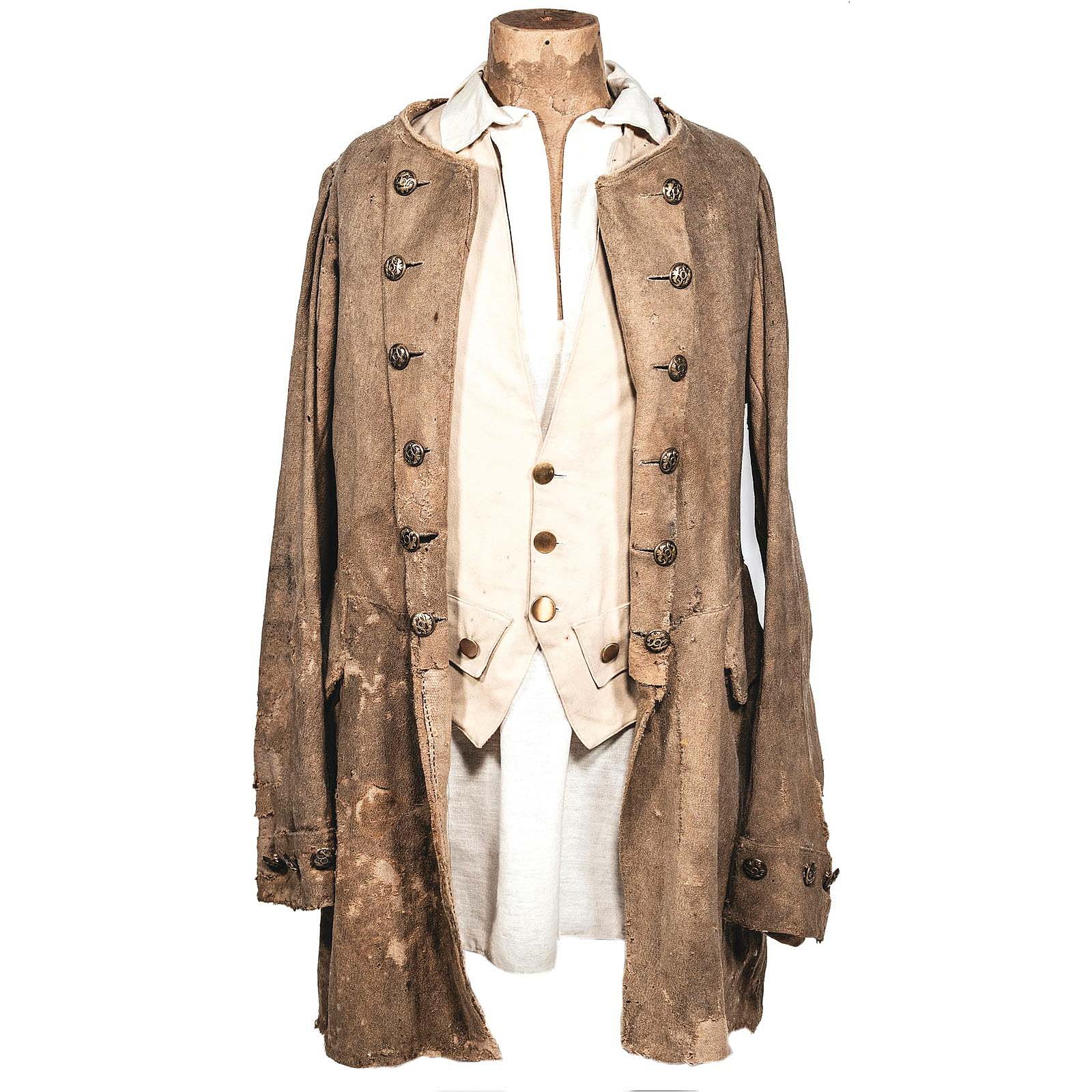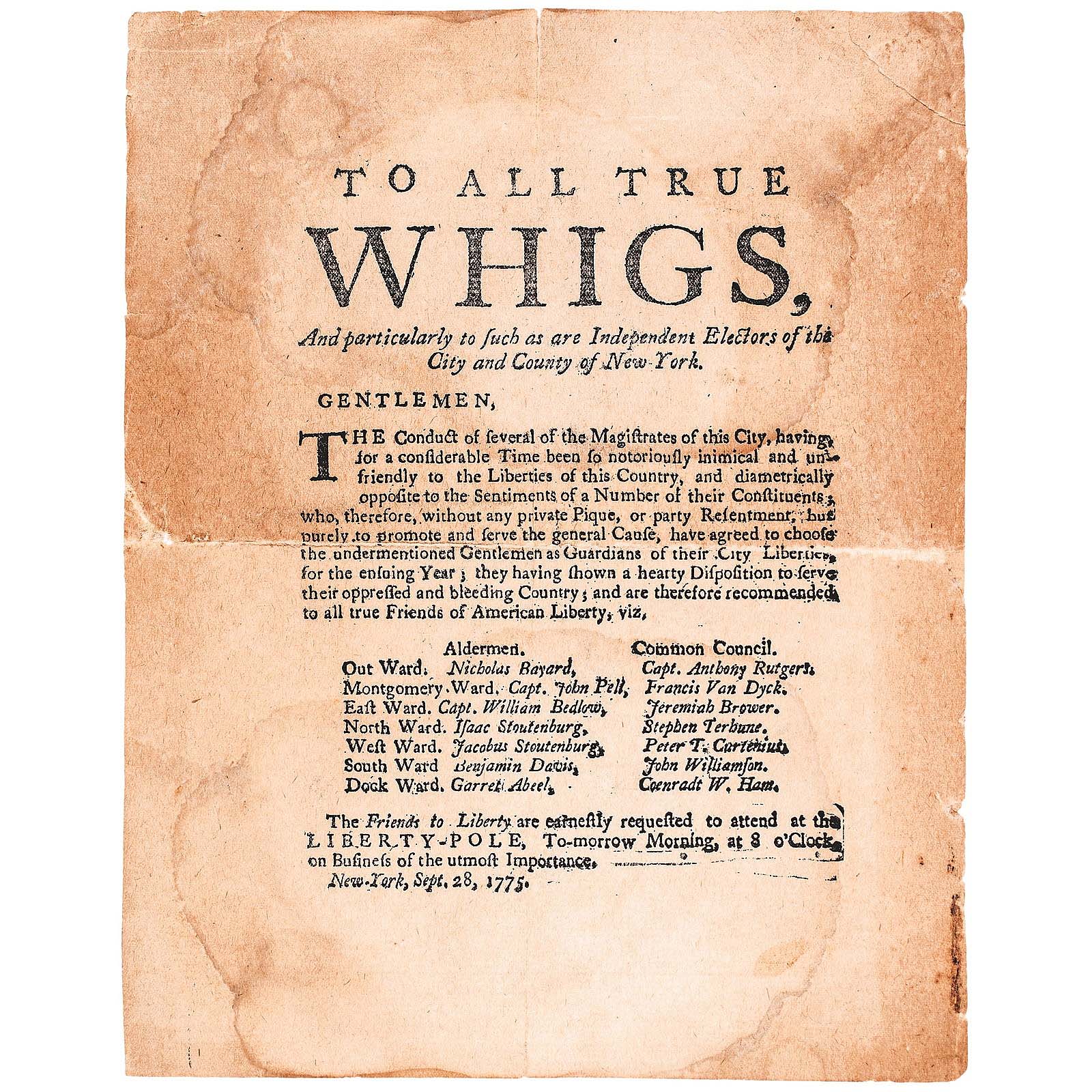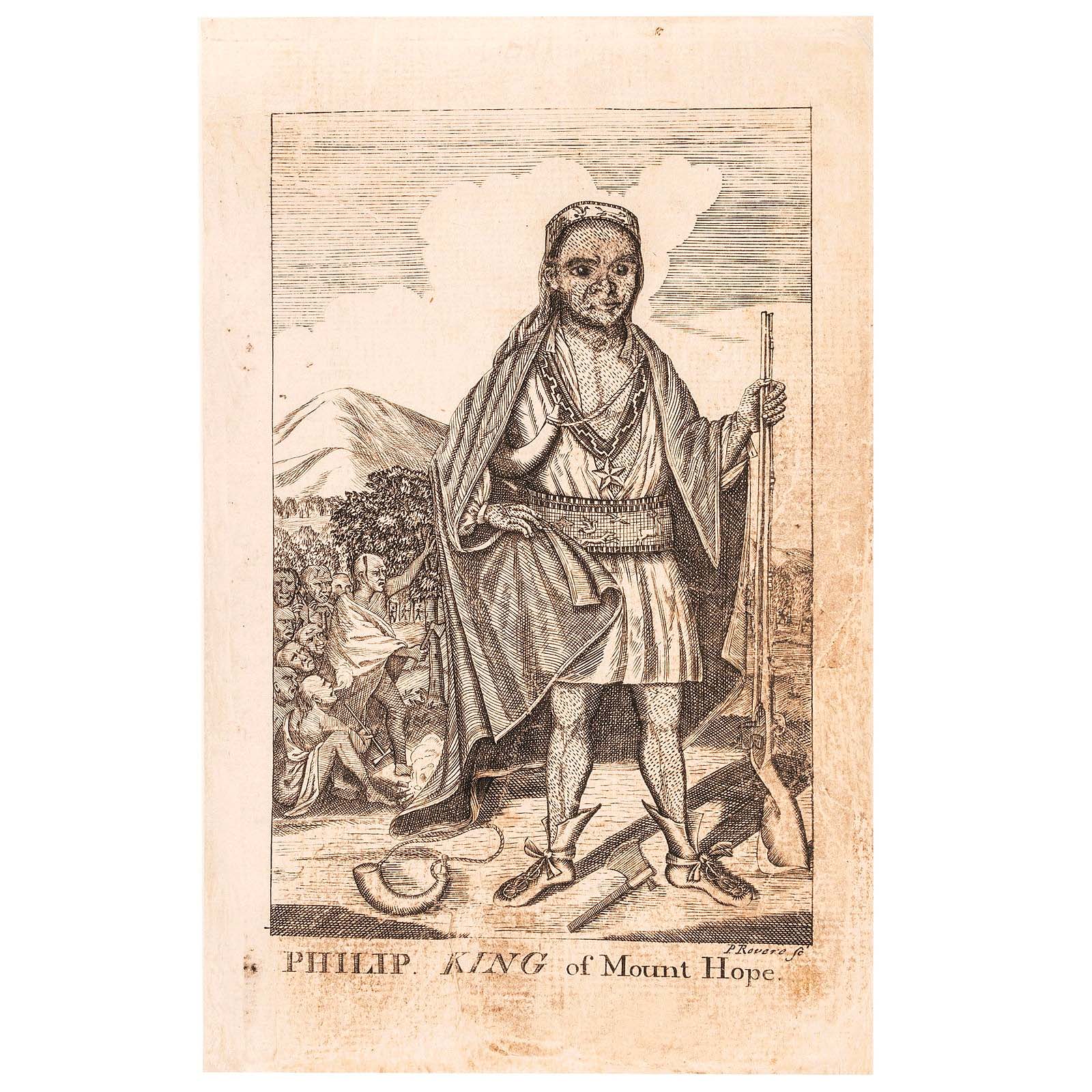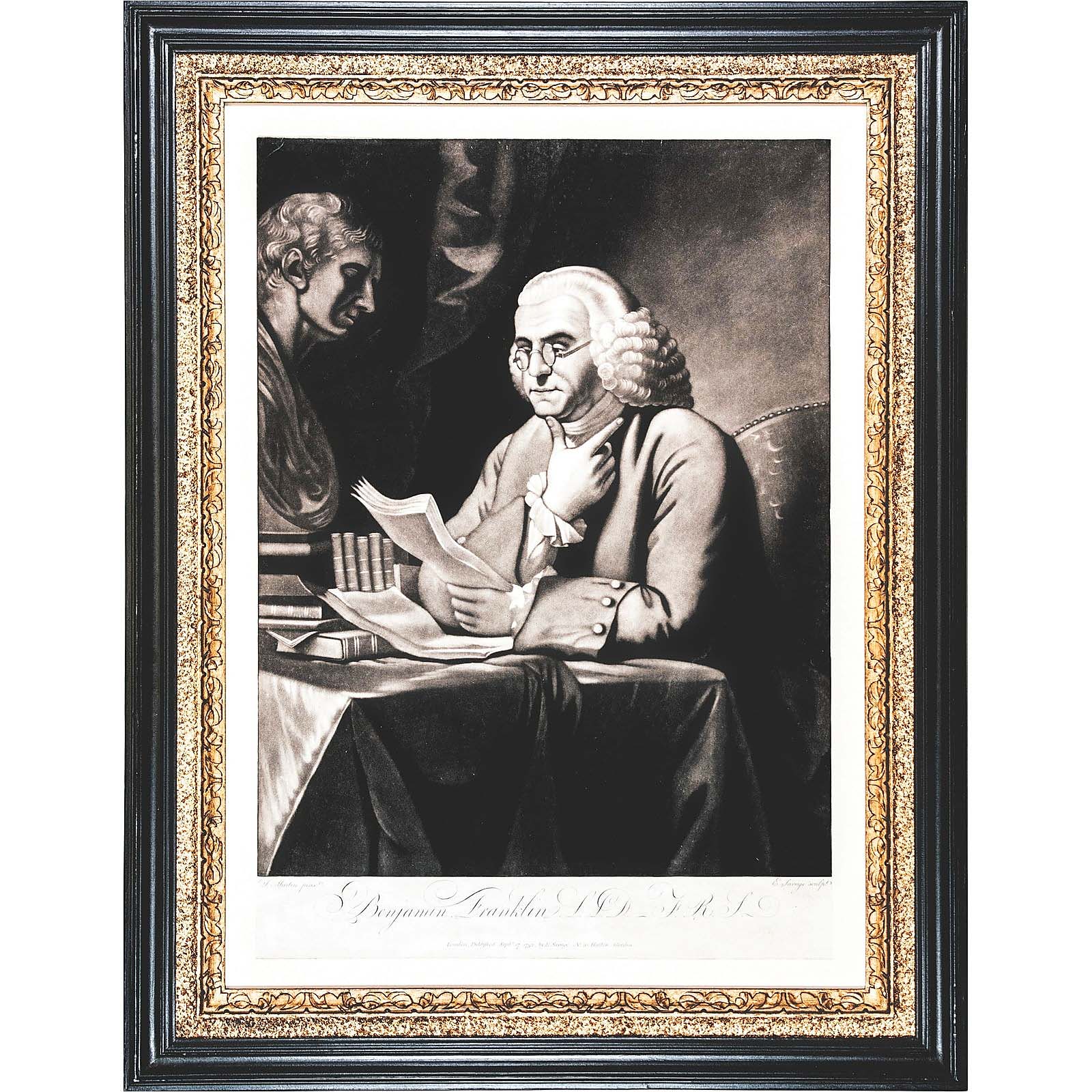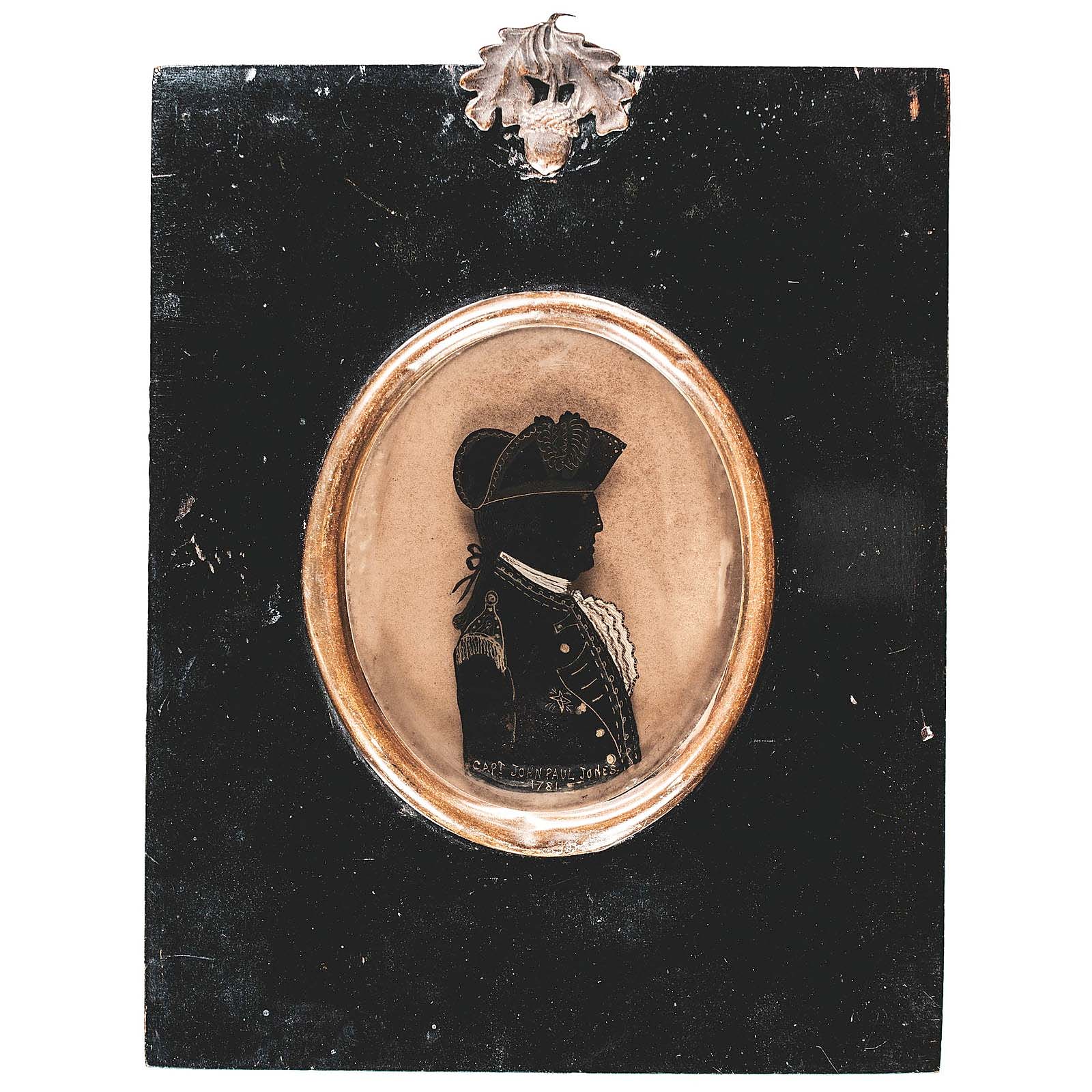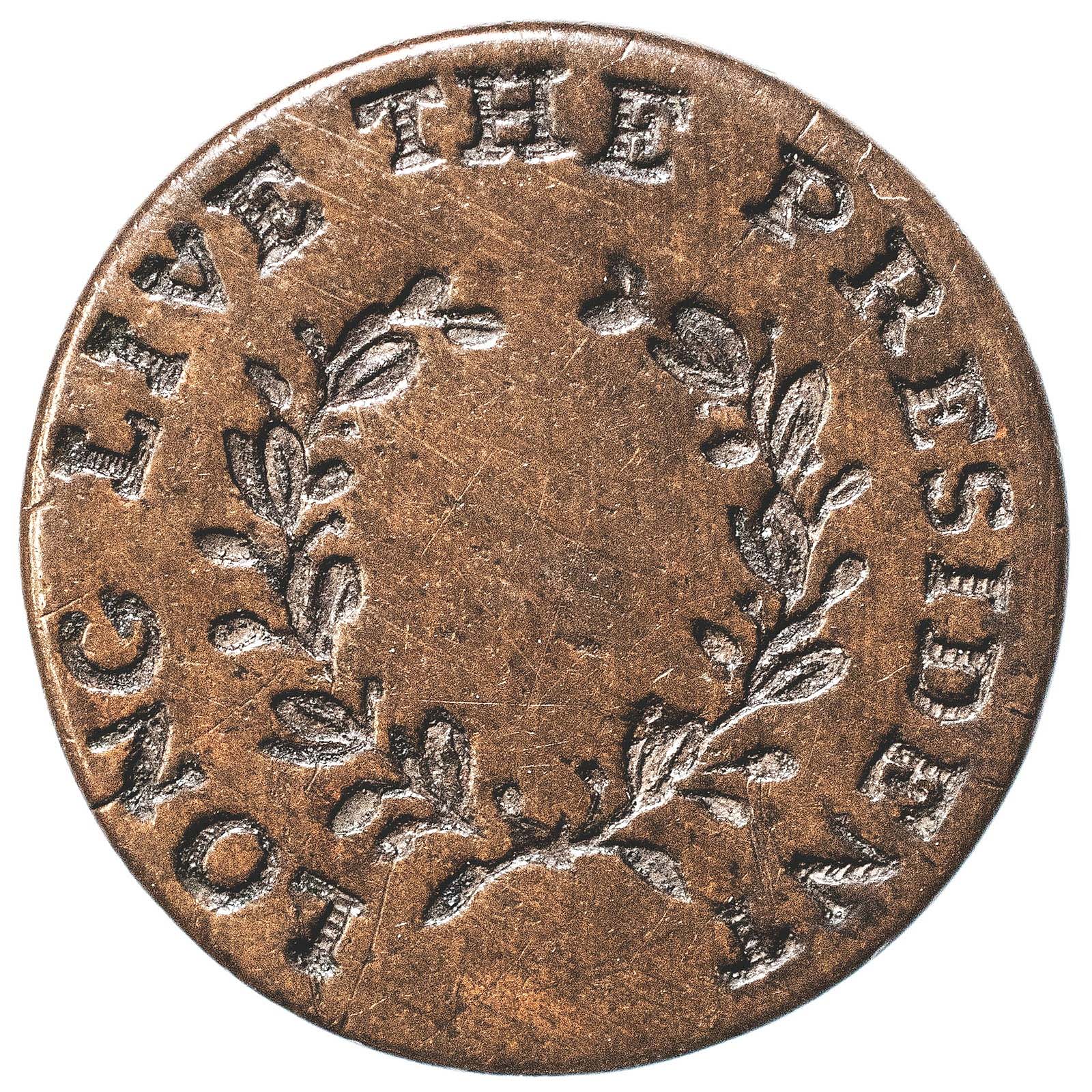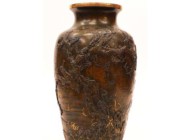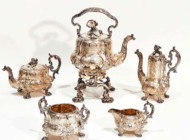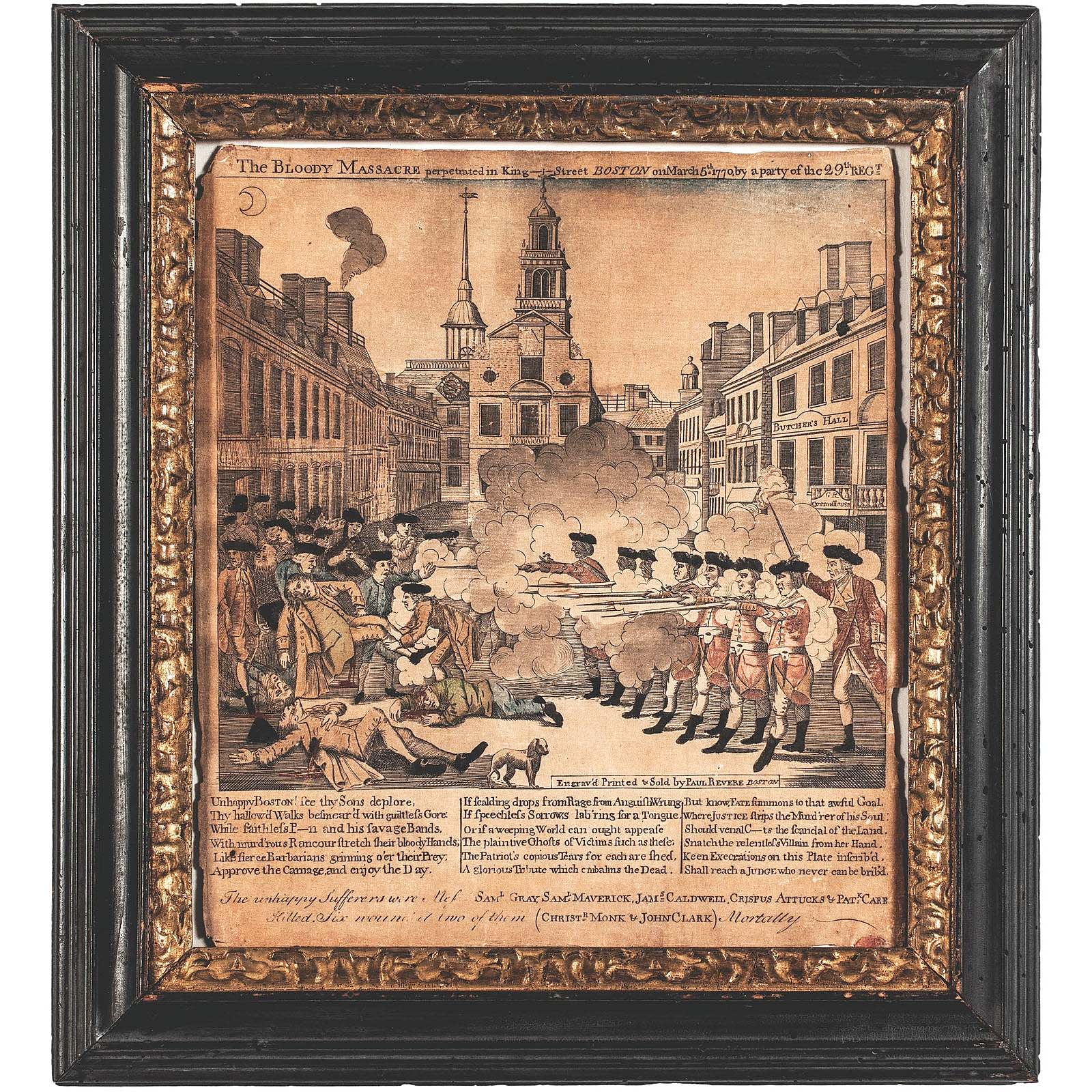
Shooting to $200,000, the highest price of the sale, was “The Bloody Massacre perpetrated in King – Street, Boston on March 5th 1770, by a party of the 29th Regt.,” engraved, printed and sold by Paul Revere (1734-1818). One of only 29 known copies, this example had provenance to the collection of Ambassador J. William Middendorf II ($200/300,000).
Review by Kiersten Busch
WINCHESTER, VA. — On April 19, Early American History Auctions (EAHA) conducted a 218-lot sale of rare historic autographs, Americana and additional items from various periods of early American history, as well as George Washington-related offerings, historic maps and more in its Historic Autographs, Political & Americana Auction. With an 87 percent sell-through rate, the sale earned approximately $791,000.
Earning top-lot status was an engraved print “considered the most famous political and historic engraved print in American history”: “The Bloody Massacre perpetrated in King – Street, Boston on March 5th 1770, by a party of the 29th Regt.” “The Bloody Massacre” was engraved, printed and sold by Paul Revere in March of 1770. One of only 29 known, the original hand-colored copper plate engraving shot to $200,000, reaching the low end of its $200/300,000 estimate.
Items associated with Revere were well-represented, with 10 total lots crossing the block during the course of the sale. The additional nine lots ranged in price from $625 for a restrike engraved copper plate bookplate by Revere done for Gardner Chandler to $50,000 for an signed letter from Revere to his son, Joseph Warren Revere, dated 1810. According to the auction catalog, the letter recorded “the first example of industrial espionage in United States history.” Joseph, head of the Revere Copper Company, was in England at the time of Revere’s letter from Canton, Mass., and Boston, where he “had been for several months, on business which was shrouded in secrecy.” Revere’s postscript seemed to insinuate this, as he wrote, “I do not believe one person in Boston knows the business you went upon. I have hinted that it is on account of our particular business.”
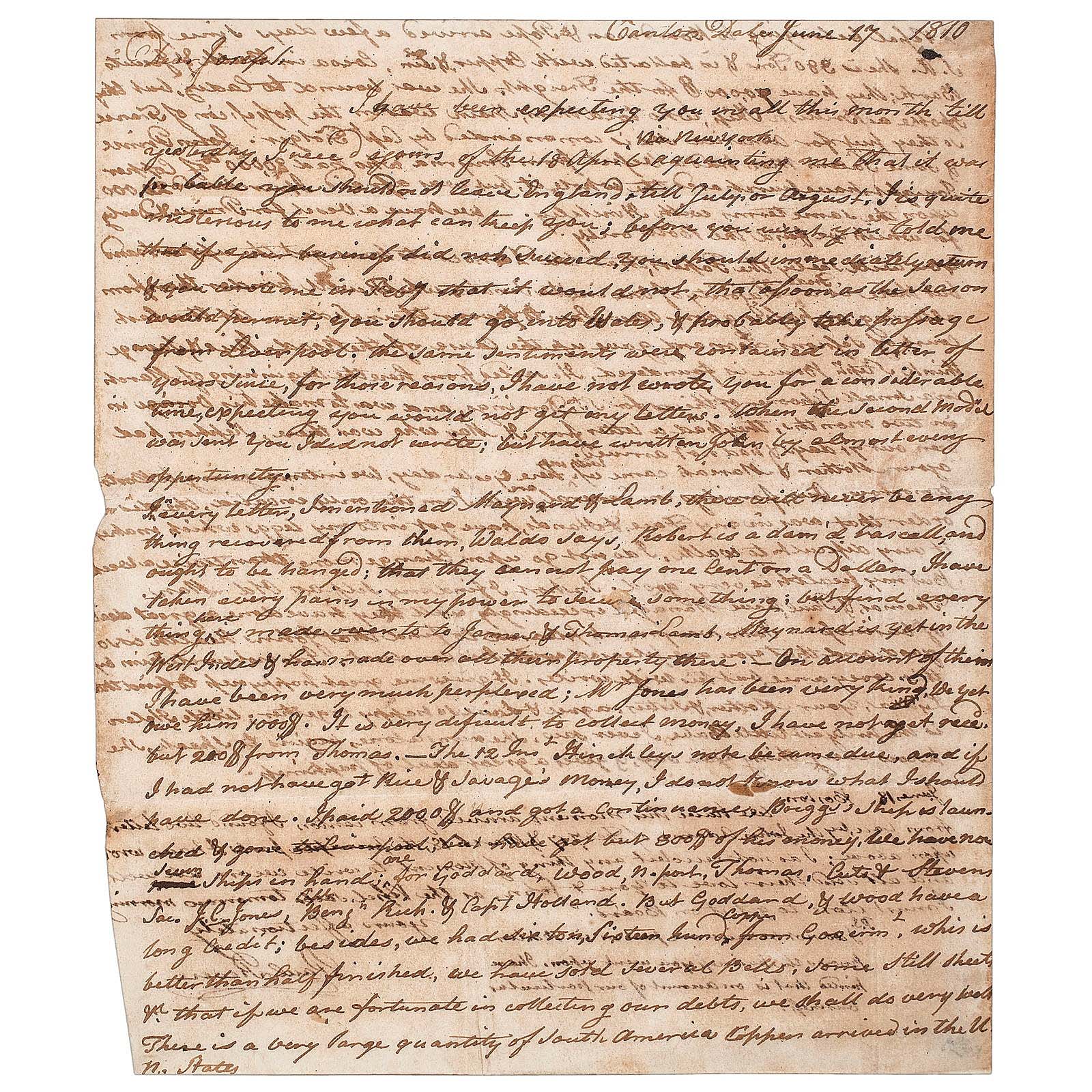
This signed letter from Paul Revere to his son, Joseph Warren Revere, dated June 10, 1810, may record the first example of industrial espionage in US history and snuck to $50,000 ($50/80,000).
More than 30 lots relating to the American Revolutionary War exchanged hands, including an engraved print protesting the Intolerable Acts and British military occupation in Boston. Printed on November 19, 1774, for R. Sayer & J. Bennett, Map & Printsellers and engraved by Johann Martin Will after Phillip Dawe, “The Bostonians in Distress” was “one of the finest examples of this truly remarkable historic Pre-Revolutionary War political mezzotint engraved prints,” according to catalog notes. It had provenance to the collection of ambassador J. William Middendorf II and was sold at Christie’s, New York for $36,000; here, it sold for slightly less, at $27,500.
Bidders were able to get up close and personal with a member of George Washington’s Army with a circa 1776 wool frock uniform coat worn by Continental Army soldier John Dunwoody of Chester County, Penn. The hand-stitched uniform had 22 Colonial Era brass floral buttons attached and came with a printed Virginia History Museum display identification card, among other authentication documentation. The consignor, Mary Jane Trego Henderson, included a note which detailed that Dunwoody would have worn the coat while serving with General Washington during the Delaware River Crossing, and during the Battle of Trenton and the Battle of Brandywine. The coat’s new owner donned it for $17,500.
Revolutionary Era heroes were also immortalized in portraits of all shapes and sizes, of which there was no lack in the sale. Of the 15 portraits that crossed the block, 10 were of figures from the era, ranging in price from $938 for a 1793 engraving of George Washington by “H. Roosing, Sculpt., Rotterdam” to $15,000 for a circa 1805 oil on wood and gesso portrait of Pierre Van Cortlandt. Van Cortlandt, a close friend of Washington’s, was the patriarch of the Hudson Valley family, the founding master of a Masonic lodge, the delegate to the New York State Constitutional Convention and, later on, Lieutenant Governor and Attorney General of New York. The painting, done by John Wesley Jarvis, was purchased by the consignor from the collection of the late Charles Richard Smith, the senior historian and branch chief of the Marine Corps’ History and Museums Division.

This portrait of Pierre Van Cortlandt (1721-1814) of New York by John Wesley Jarvis, circa 1805, oil on wood and gesso, 28 by 24 inches unframed, was bid to the midpoint of its $12/18,000 estimate, at $15,000.
Other notable portraits included a rare mezzotint of Benjamin Franklin from 1793 — published by Edward Savage and after the painting by David Martin — which sat at $10,625, and a fully original, hand-painted and dated silhouette portrait miniature of the “Father of the American Navy,” Captain John Paul Jones, which sailed to $10,000.
While Revolutionary War-related items achieved many of the top spots of the auction, Civil War-related artwork and autographed letters also claimed a few of the highest prices. These were led by “Seated Lincoln,” a monumental cast silver sculpture of the 16th president after the life-sized bronze version by Mount Rushmore sculptor Gutzon Borglum. Produced by the Silversmiths Group USA, in conjunction with the Liberty Mint and cast by the Maiden Foundry Company, the 1,140 troy-ounce sculpture was numbered 29 of 56 which were cast and signed. While a similar example sold at Heritage in 2007 for $33,460, this example exceeded its predecessor, exchanging hands for $50,000.
The statue was one of eight lots of Lincoln-related memorabilia in the sale; the additional seven lots ranged in price from $275 for an 1882 silver US Mint Lincoln and Garfield medal, to $4,375 for an autographed letter dated April 15, 1865, from Colonel Roger E. Cook and Charles Stillman Isley of the 13th Maryland Infantry informing Major J.T. Daniels of the assassination of President Lincoln.
Also related to the Civil War was a group of three items associated with General George Armstrong Custer, which belonged to Private Robert McKinley of the Second West Virginia Cavalry and was written up at $8,125 The first was an original contemporary copy of “Custer’s Farewell,” handwritten by Custer’s aide. The second was a carte de visite photograph of General Custer taken by the photographer Goldin in May 1865. The third document, dated June 30, 1865, was McKinley’s Civil War discharge certificate, which was signed by his commanding officer, Captain Jasper A. Smith.
Prices quoted include buyer’s premium as reported by the auction house. For information, 858-759-3290 or www.earlyamerican.com.
